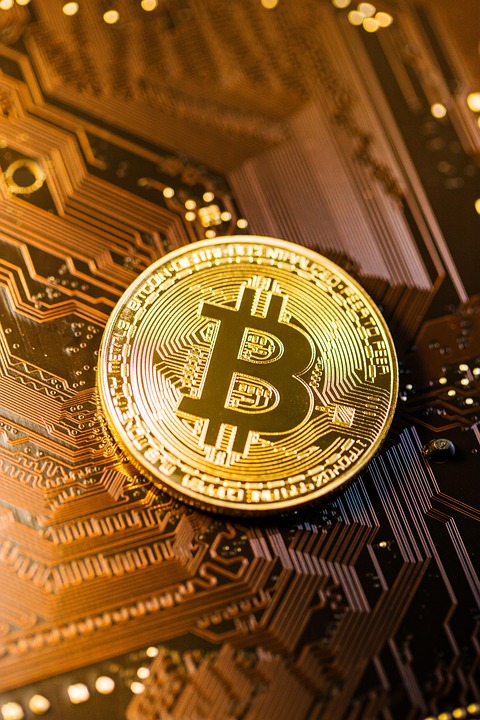From Fear to Greed: What the Index Tells Us About Market Cycles
The financial markets are often described as a rollercoaster ride, characterized by periods of highs and lows. Investors frequently oscillate between two powerful emotions: fear and greed. Understanding these emotions and their impact on market cycles can provide crucial insights for anyone looking to navigate the complex world of investing. One tool widely used to gauge market sentiment is the Fear and Greed Index, which offers a snapshot of the current psychological state of the market.
The Fear and Greed Index Explained
The Fear and Greed Index, developed by CNNMoney, quantifies market sentiment on a scale from 0 to 100. A score below 50 indicates fear, while a score above 50 suggests greed. The index is calculated using seven different indicators, including stock price momentum, market volatility, and the demand for safe-haven assets. By aggregating these components, the index aims to provide a clear picture of whether investors are feeling fearful or greedy.
The Cycle of Fear
Fear typically grips the market during downturns, often following significant losses or economic uncertainty. Investors become risk-averse, leading to increased selling pressure and lower stock prices. This phenomenon can create a self-fulfilling prophecy, where fear begets more fear, resulting in further declines. During these periods, the Fear and Greed Index often dips below 50, signaling widespread anxiety among investors.
While fear can lead to significant market corrections, it can also present opportunities for savvy investors. When the index indicates extreme fear, it may signal that stocks are undervalued. Historically, such conditions have often preceded market recoveries, as long-term investors can capitalize on lower prices.
The Cycle of Greed
Conversely, greed tends to dominate during bullish market conditions, where optimism reigns, and prices are on the rise. Investors become eager to buy, often leading to overvalued markets and speculative bubbles. In these phases, the Fear and Greed Index typically surges above 50, reflecting a strong appetite for risk and an overwhelming sense of confidence.
While a rising market can be encouraging, unchecked greed can lead to irrational decision-making. Investors may ignore warning signs, leading to significant losses when the market corrects itself. Recognizing when the index reaches extreme levels of greed can be crucial for risk management and timely profit-taking.
Understanding Market Cycles
Market cycles are not static; they ebb and flow as investor sentiment shifts. The Fear and Greed Index serves as a tool for identifying where we are in the cycle. For instance, a consistent rise in the index may indicate a prolonged period of greed, while a sudden drop could signal an impending correction.
Moreover, historical data shows that market cycles tend to repeat. By studying previous patterns of fear and greed, investors can gain insights into potential future movements. However, it is essential to remember that while the index is a valuable tool, it is not foolproof. External factors such as economic indicators, geopolitical events, and changes in consumer behavior can all influence market sentiment.
Conclusion
The journey from fear to greed in the financial markets is an ongoing cycle that reflects the collective psychology of investors. The Fear and Greed Index provides a window into this emotional landscape, helping investors make informed decisions in both turbulent and prosperous times. By understanding the dynamics of fear and greed, investors can better position themselves to navigate the complexities of market cycles, ultimately enhancing their investment strategies and long-term financial success.



